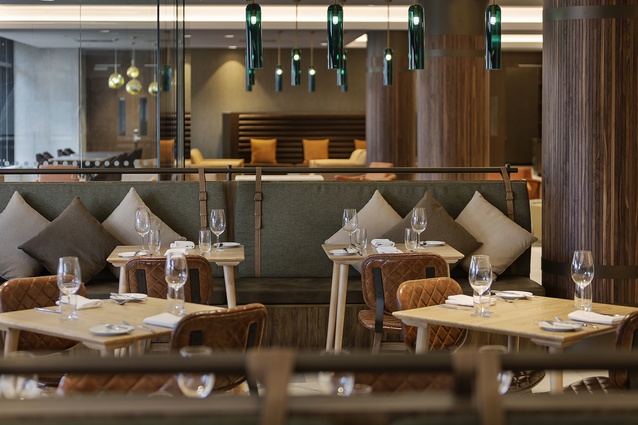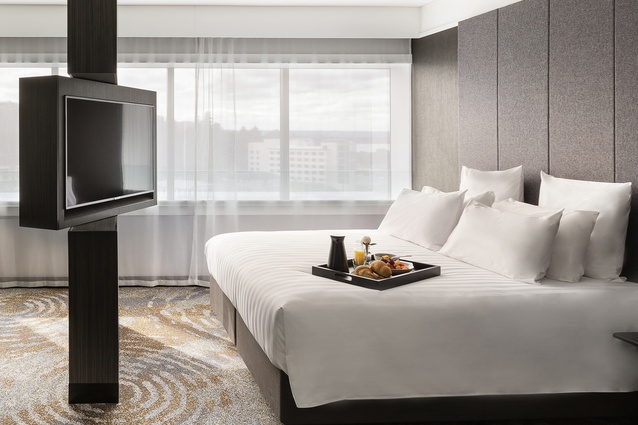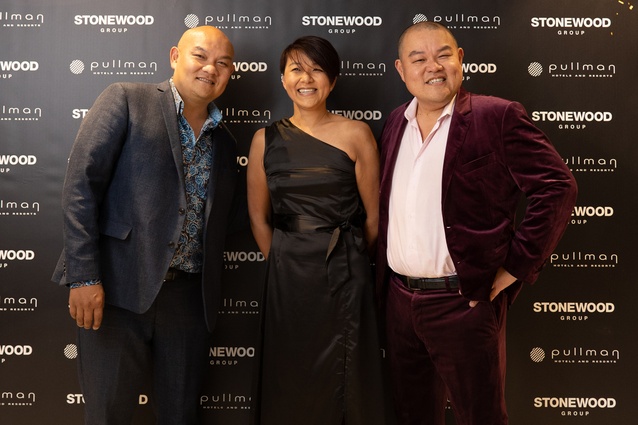Hotels in flux: Part four
Part four brings us a developer focus where we speak to John Chow, director of Stonewood Group who has a growing interest in hotels across New Zealand.
[Editor’s note: This series about the future of the hotel industry was produced for print publication and mostly before the COVID-19 pandemic. As such, a lot of the statistical figures and trend forecasts have and will continue to change drastically due to the closure of international borders, lockdown and the financial repercussions of both. Parts of this series will be updated with current, post-pandemic information and we will make a note if and when the online version of the article differs from the published version.]
What attracted you to the hotel industry in New Zealand?
John Chow (JC): We have interest from international brands who are looking at opening hotels in our cities and provincial locations thanks to growing demand for accommodation. New Zealand is experiencing increased numbers of visitor arrivals and hotel nights, driven by significant increases in international air capacity, a growing domestic market and the country’s global reputation as a beautiful, clean and friendly destination. This reputation attracts both the long-haul and the short-haul markets internationally.
For example, we identified the lack of a branded, five-star hotel in Rotorua and decided to tie up with one of the leading international brands (Accor) to open a Pullman there. The most important and relevant factor is that New Zealand is a safe and stable investment destination, which offers attractive returns for hotel investors as a result of strong tourism growth and GDP performance, a business-friendly tax environment and prudent fiscal policy. The New Zealand government is supportive of and committed to tourism as a leading export earner and driver of economic growth.
What would you change about the local tourism ecosystem to make your job easier?
JC: The challenges are with accessing a trained hospitality workforce because there are immigration roadblocks. With the number of hotels due to open, there will be a serious shortfall of management personnel and skilled staff. Also, New Zealand hotels charge low rates compared with those overseas and profitability continues to be an impediment to investment. We need to stretch the shoulder seasons and encourage visitors to come here in October/November and April/May when the weather is usually good and there are fewer crowds. Also, we need to target large meetings, incentives, conferencing and exhibition events year-round. Local councils and government need to look at rates holidays for at least the first three years, when we invest capital and assist in creating local jobs and economic encouragement.
Do you have any plans to increase your hotel interests in Auckland?
JC: We have purchased a strategic location at 280 Queen Street, which we will look at, from a mixed development and feasibility perspective for an international operator with 200-plus rooms. Currently, we also operate a 135-roomed asset in Ōtāhuhu, which caters to long and short-term accommodation needs at a three-star level.
What do you consider to be the most important aspects needed to have a good developer/designer/architect relationship?
JC: It is crucial to understand the result of the development and communicate with a design brief which takes into account the market profile and end-use customers staying at the hotel. It is also important to take the local culture and storytelling into the project to be delivered.
Are there any new technologies you are keeping on your radar?
JC: Mobile check-in and a BMS system that will ensure switching off the lights and air conditioning in rooms when they are not occupied. Laundry machines that are operated without coins. Mini bars that use less electricity and take less space to mount.
Airbnb has changed a lot of the hotel accommodation landscape. How do you think the industry and your own hotels need to react to this?
JC: Hotels are focused on: service which covers 24 hours and is a phone call away; providing linen and other F&B services within the building; having the ability to take care of kids [because they have the staffing and room inventory for that]; customer satisfaction with human interface and touch points, which form a physical contact; and safety and security being optimum.
Click here to see more from the Hotels in flux series.












